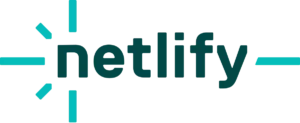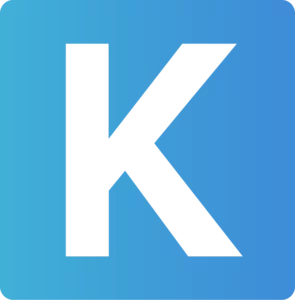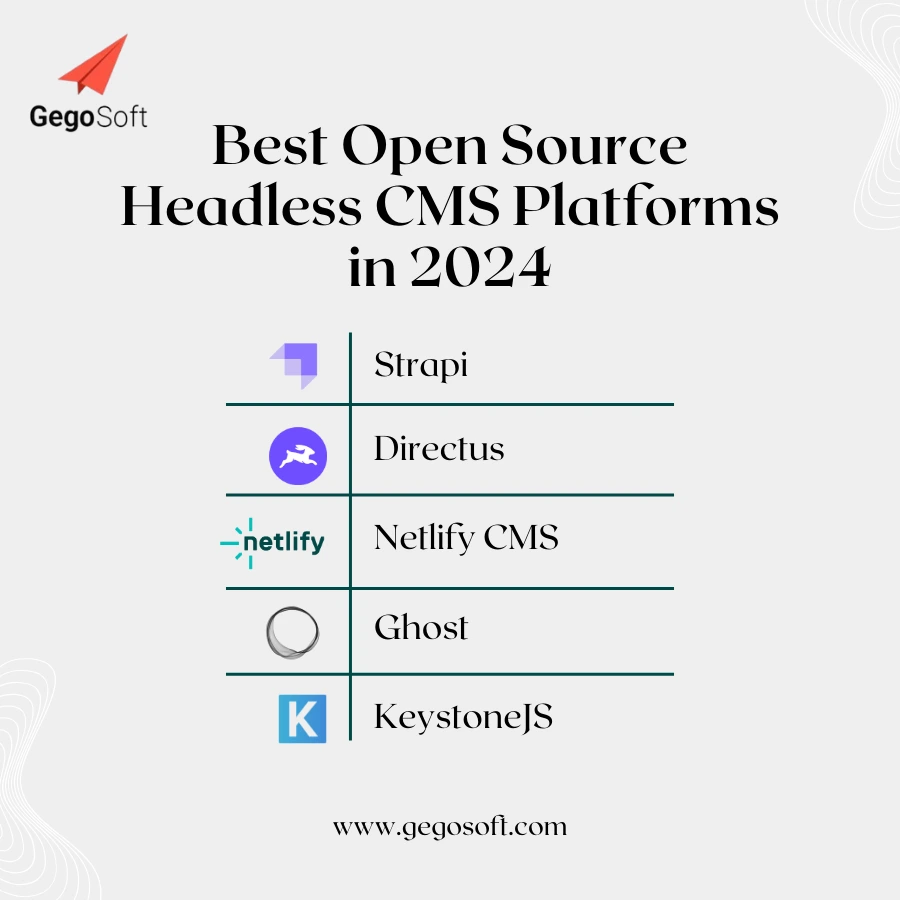As the demand for flexible, fast, and scalable content delivery grows, headless CMS platforms are becoming essential for modern development. By separating the content management backend from the frontend presentation layer, headless CMS solutions enable developers to deliver content across web, mobile, IoT, and emerging channels like AR/VR. In this blog, we explore the Top Open Source Headless CMS Platforms in 2024 and examine the challenges they face in meeting the needs of developers and businesses as we approach 2025.
1. Strapi

Why It Shines
the Top Most Open Source Headless CMS Platforms in 2024With over 55k GitHub stars, Strapi is the leading open-source headless CMS, offering flexibility, extensibility, and a modern architecture. Built on Node.js, it’s a favorite for developers seeking a customizable and developer-friendly platform.
Strengths
- Customizable API: Easily extend or customize APIs to suit project-specific needs.
- Rich Ecosystem: Comes with plugins for roles and permissions, media management, and more.
- Multi-Channel Delivery: Supports omnichannel content delivery, making it perfect for web, mobile, and IoT.
Challenges Ahead
- Scaling for Enterprises: Enhancing enterprise-level features like analytics and workflow automation is essential.
- Database Flexibility: Strapi relies on SQL and NoSQL databases, but more native integrations with emerging database technologies are needed.
- Real-Time Capabilities: Improving support for real-time updates in dynamic applications.
2. Directus

Why It Shines
Directus, with over 20k GitHub stars, is a powerful open-source headless CMS designed to turn any SQL database into a content management platform. It’s perfect for teams looking for flexibility in working directly with their database schema.
Strengths
- Database Freedom: Supports a wide range of SQL databases like MySQL, PostgreSQL, and SQLite.
- Modern UI: Provides a sleek and intuitive admin interface for managing content.
- Developer Control: Gives developers full control over database architecture without forcing proprietary structures.
Challenges Ahead
- Learning Curve: Directus’s flexibility can be overwhelming for less experienced developers.
- Performance Optimization: Ensuring efficient performance for high-traffic applications remains a focus area.
- Ecosystem Expansion: Limited plugins compared to competitors like Strapi or Contentful.
3. Netlify CMS

Why It Shines
Netlify CMS, with 16k GitHub stars, is a lightweight, Git-based headless CMS designed for static site generators. It’s ideal for developers who want a simple, version-controlled content solution.
Strengths
- Static Site Focus: Perfect for static site generators like Gatsby, Hugo, and Jekyll.
- Git Integration: Allows content to be managed directly within a Git repository for streamlined workflows.
- Ease of Use: Intuitive interface that simplifies content management for non-technical users.
Challenges Ahead
- Dynamic Content Support: Expanding capabilities for dynamic and interactive applications is necessary.
- Scalability Issues: Limited scalability for larger, enterprise-grade projects.
- Third-Party Integrations: Fewer integration options compared to more robust platforms.
4. Ghost (Headless Mode)

Why It Shines
Ghost, traditionally a blogging platform, has evolved into a powerful headless CMS with a focus on speed, SEO, and content monetization. With over 40k GitHub stars, its headless mode enables flexible content delivery.
Strengths
- Performance: Optimized for speed with a minimalist, modern architecture.
- Built-In SEO: Ghost comes with excellent SEO capabilities out of the box.
- Content Monetization: Supports subscription and membership models natively.
Challenges Ahead
- Limited Flexibility: Compared to Strapi or Directus, Ghost offers fewer customization options.
- Feature Depth: Expanding feature sets for multi-language support and workflow automation will attract larger audiences.
- Ecosystem Growth: Needs more plugins and integrations to rival other platforms.
5. KeystoneJS

Why It Shines
KeystoneJS, with 7.5k GitHub stars, is a Node.js-based headless CMS that emphasizes simplicity and flexibility. Its GraphQL-powered APIs make it an excellent choice for developers focused on modern, data-driven applications.
Strengths
- GraphQL Integration: Provides robust, schema-driven GraphQL APIs for content delivery.
- Customizable: Offers great flexibility for building custom backends tailored to specific needs.
- Developer-Friendly: Designed with a focus on developer experience and clean code.
Challenges Ahead
- Community Size: Smaller community compared to Strapi or Directus limits its ecosystem.
- Admin UI: Improving the admin interface to be more user-friendly for non-technical content managers.
- Enterprise Features: Needs better support for workflow management, analytics, and security to cater to larger businesses.
Challenges and Opportunities Toward 2025
- Real-Time Content Delivery:
Supporting real-time updates and WebSocket integration will be crucial for dynamic applications like live dashboards and collaborative tools. - AI and Machine Learning:
Platforms must incorporate AI-driven tools for content recommendations, SEO optimization, and workflow automation. - Better Multi-Language Support:
As businesses target global audiences, improved localization and translation workflows will become critical. - Integration with Web3 Technologies:
With the rise of decentralized applications, headless CMS platforms need to explore integration with blockchain and NFT ecosystems. - Cloud-Native and Serverless Compatibility:
Optimizing for cloud-native deployments and serverless architectures will improve scalability and performance. - Focus on Security:
Enhancing built-in security features like role-based access control, audit trails, and compliance with data protection regulations will be a priority. - Content Monetization:
Platforms need to simplify the implementation of paywalls, memberships, and subscription models to meet the needs of modern content creators.
Final Thoughts About Open Source Headless CMS Platforms in 2024
The best open source headless CMS platforms in 2024—Strapi, Directus, Netlify CMS, Ghost, and KeystoneJS—empower developers with the flexibility and scalability needed for modern web and mobile applications. As we look toward 2025, these platforms face challenges like real-time content delivery, AI integration, and globalization. Whether you’re building a simple blog, a complex e-commerce site, or a data-driven application, these headless CMS platforms provide the tools to meet your goals. By evolving alongside emerging trends, they will continue to shape the future of content management in the digital age.

